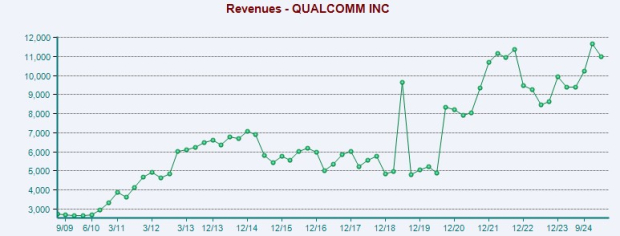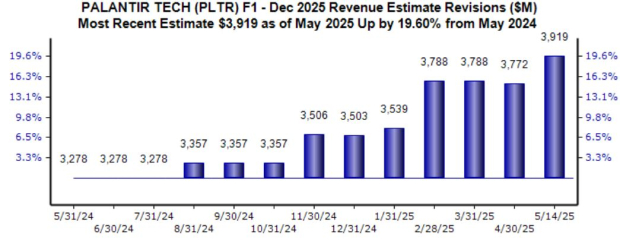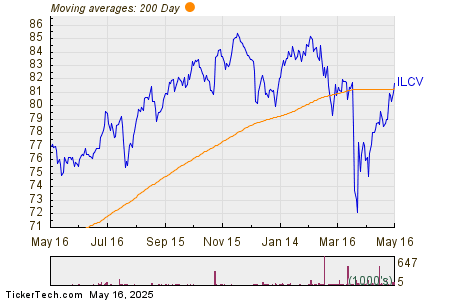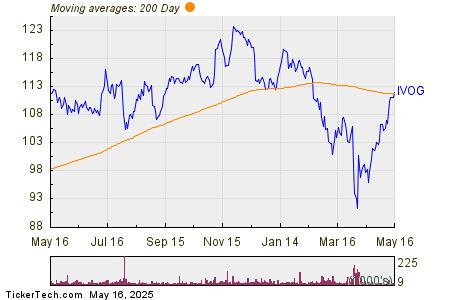Market Rebounds Amid Easing Tariff Concerns and Company Insights
In recent months, President Trump’s import tariff plan has significantly influenced stock market movements. His proposal, introduced last month, included steep tariffs, with China facing a staggering 145%. This prospect led to fears of potential economic downturns, affecting corporate earnings and share prices.
However, after Trump paused the plan for 90 days to facilitate negotiations, the stock indexes rebounded. Just this week, the U.S. and China reached an initial deal, significantly lowering tariff levels and allowing the three major indexes to surge. Notably, the S&P 500 managed to move into positive territory for the year, recovering from a previous decline of up to 15%.
Impact on Tech Stocks
Tech stocks emerged as major gainers in this favorable climate. Although electronics are currently exempt from tariffs, Trump has hinted at potential future duties on these products, creating uncertainty for companies reliant on overseas manufacturing. A positive trade agreement between the U.S. and China suggests any future tariffs could be manageable. As a result, we evaluate two prominent market leaders: Amazon (NASDAQ: AMZN) and Nvidia (NASDAQ: NVDA).

Image source: Getty Images.
The Case for Amazon
Amazon is well-known for selling a wide range of products, many of which come from abroad, exposing the company to tariff risks. Additionally, Amazon Web Services (AWS) offers products like AI chips that are also produced overseas, further increasing its exposure.
Fortunately, lower-than-expected tariffs are advantageous for Amazon. While any tariffs may raise costs, the company’s robust structure positions it well to adapt. The recent earnings call highlighted Amazon’s proactive moves, including purchasing inventory early to secure lower prices. It’s noteworthy that third-party sellers on Amazon might have varied strategies regarding how they handle potential cost increases. With such a vast array of products available, customers should still be able to find deals, even amidst tariffs.
With the tariff outlook improving, there is heightened optimism for sustained growth at Amazon, which has demonstrated an impressive earnings track record. The company’s advancements in AI, contributing to an AWS revenue run rate of $117 billion, signal potential for further growth.
The Case for Nvidia
Nvidia has become synonymous with AI, leading the market in AI chip sales and creating a comprehensive ecosystem for businesses looking to develop AI platforms. This position has enabled Nvidia to achieve remarkable quarterly revenue growth, reaching record numbers.
Despite strong performance, the company faced headwinds from tariff news, as concerns rose about potential tariffs on electronics impacting Nvidia’s revenue growth, given its reliance on manufacturing in Taiwan.
Responding to these concerns, Nvidia announced plans to invest in U.S. manufacturing, aiming to produce AI supercomputers domestically. Production is set to increase at two U.S. facilities over the next 12 to 15 months, allowing the company some leeway as the tariff situation stabilizes.
The improved tariff landscape is beneficial for Nvidia as well, reducing the urgency to relocate production and enabling strategic investment without the pressure of high tariff levels.
Which Stock to Choose: Amazon or Nvidia?
In evaluating which tech giant presents a better investment following the U.S.-China tariff talks, we review their valuations. Currently, both stocks are trading at reasonable levels, significantly lower compared to earlier forward earnings estimates.

AMZN PE Ratio (Forward) data by YCharts
Nvidia presents an especially attractive valuation at present, appearing relatively cheap compared to its historical performance.
While both Amazon and Nvidia stand to gain from the more favorable tariff climate, Nvidia’s valuation offers it an advantage. Therefore, if an investor must choose just one of these leading AI stocks, Nvidia emerges as the more compelling option.
The views and opinions expressed herein are the views and opinions of the author and do not necessarily reflect those of Nasdaq, Inc.






